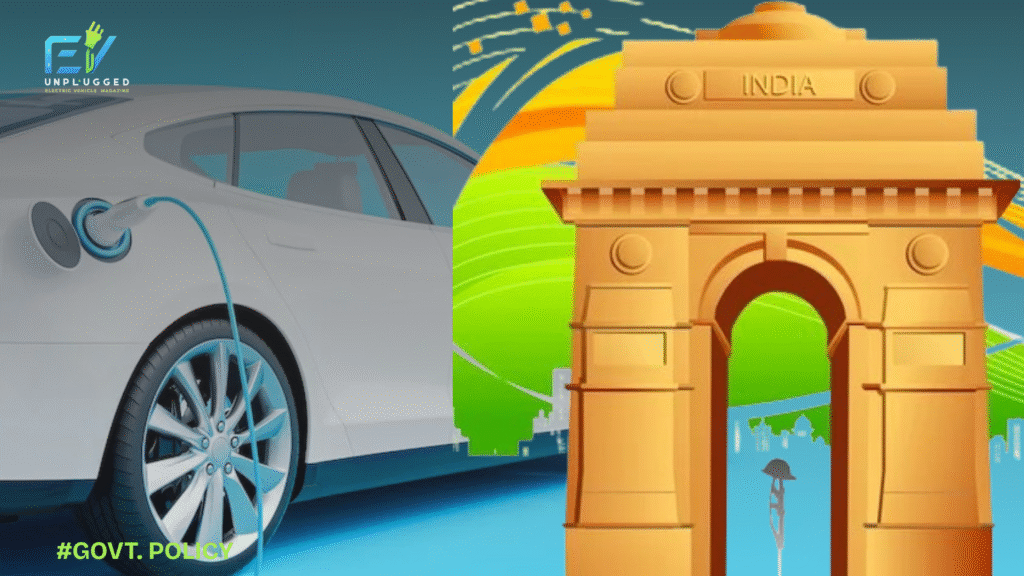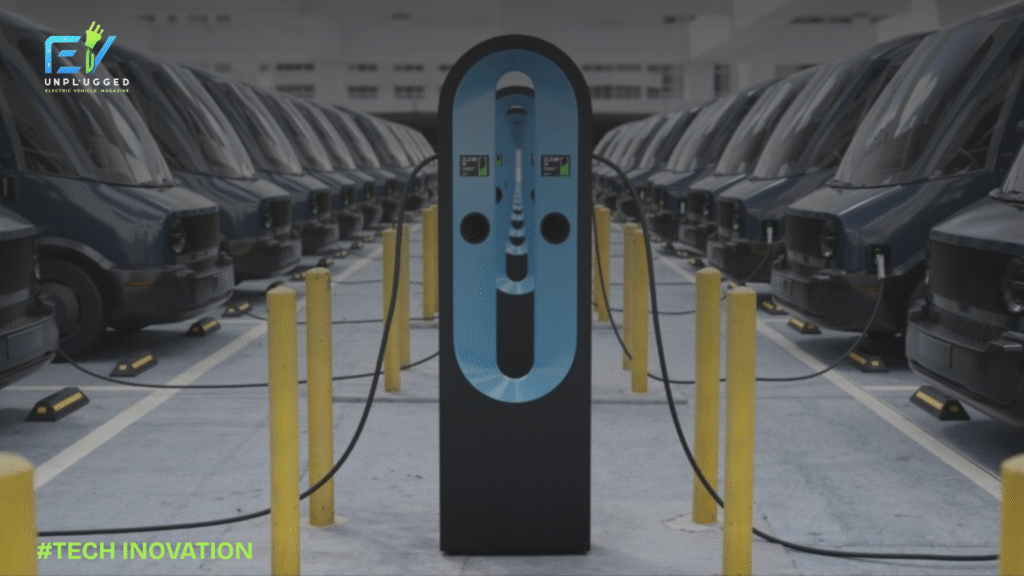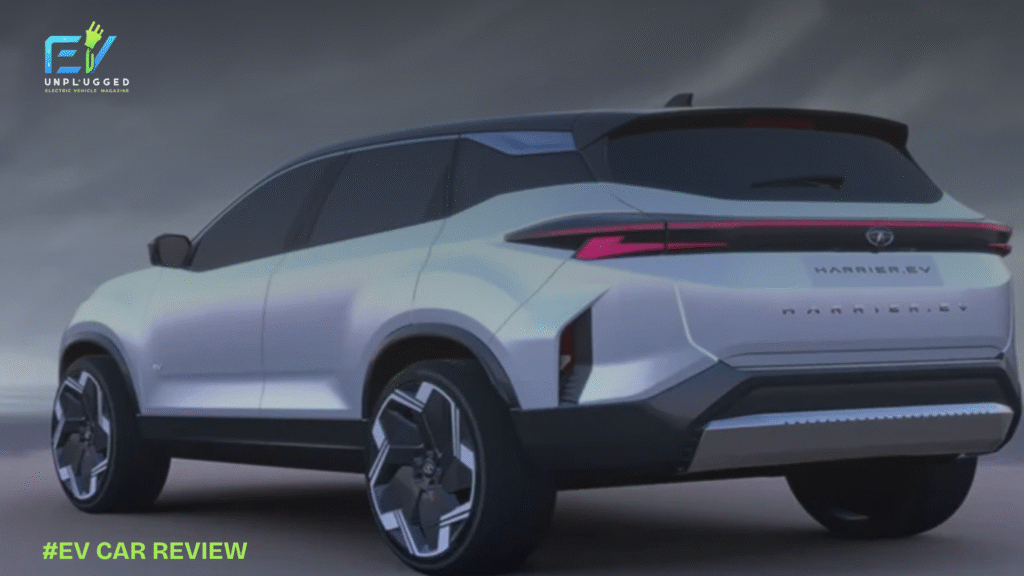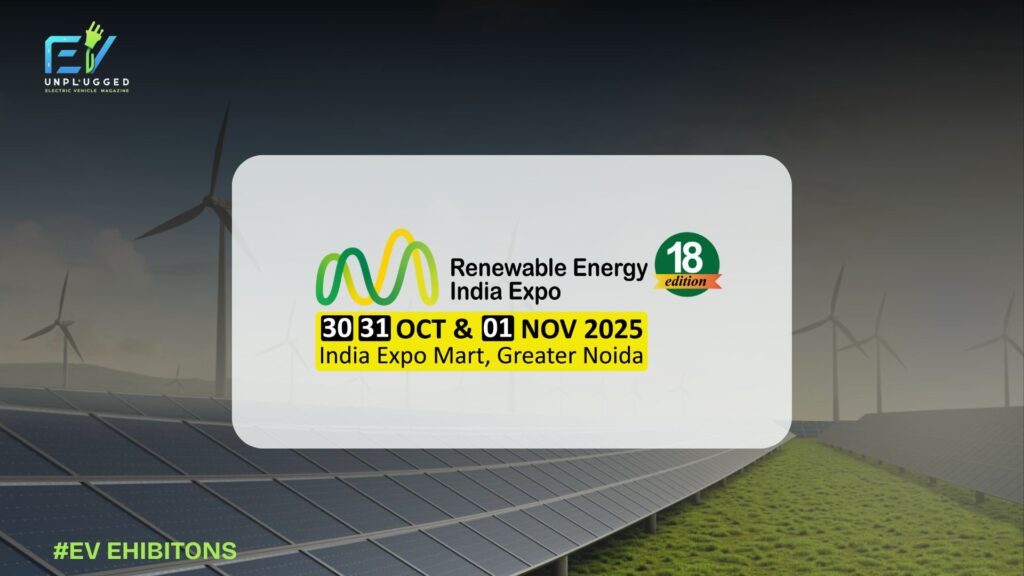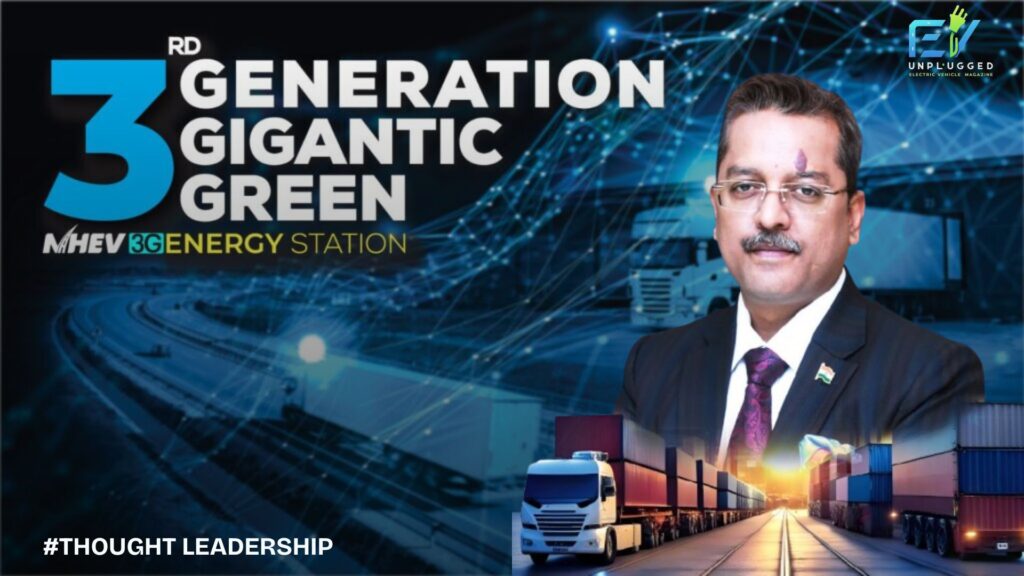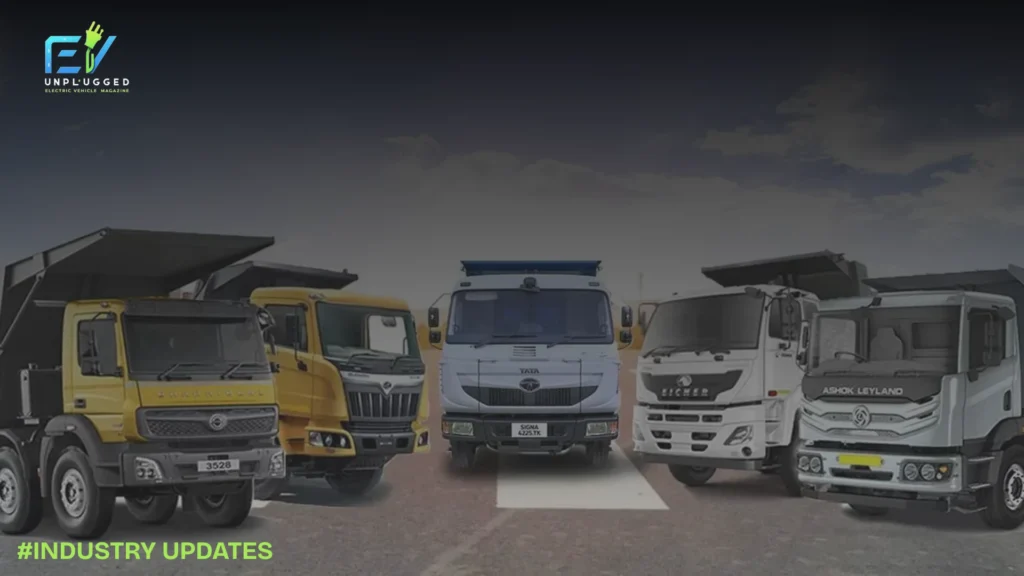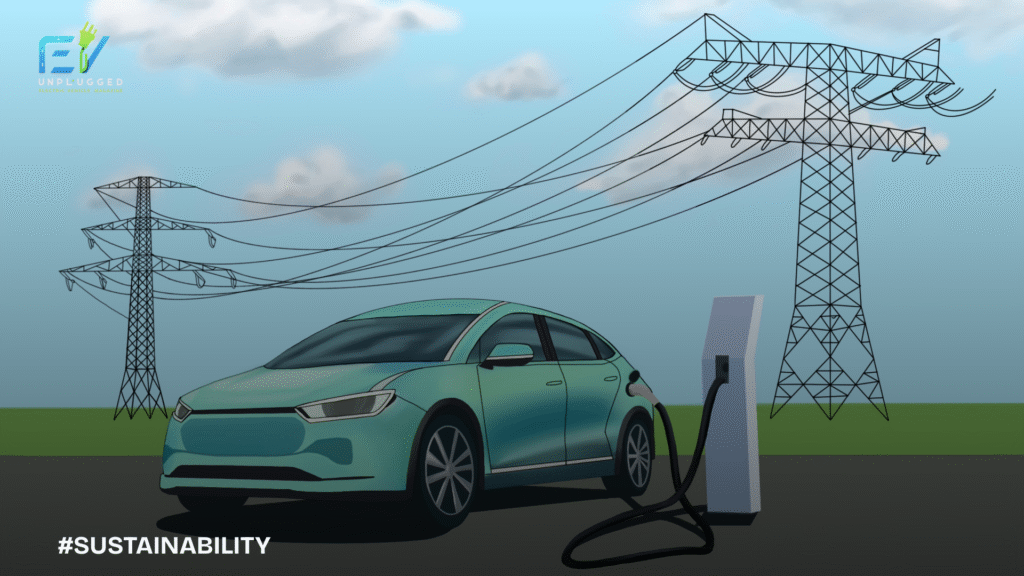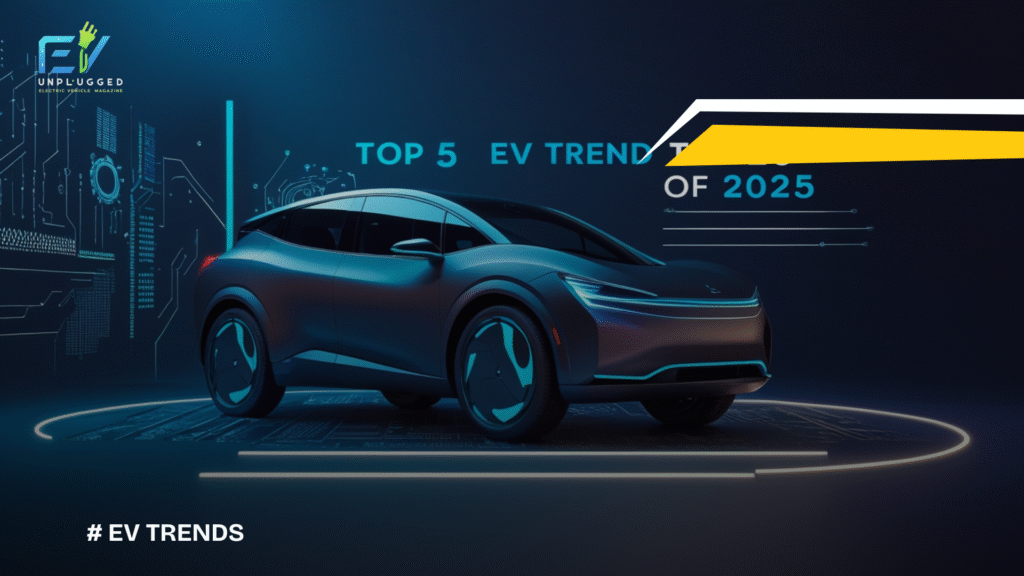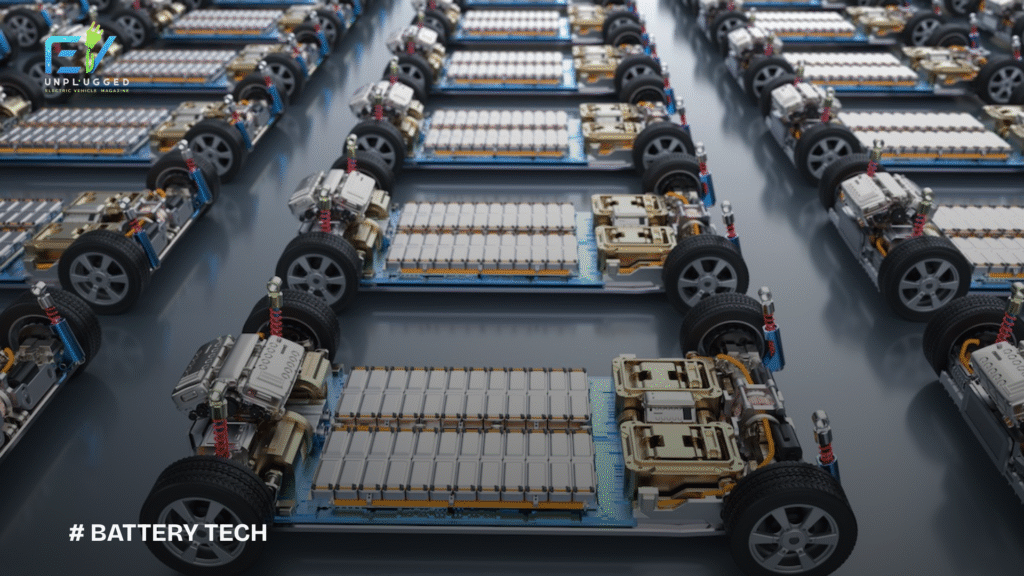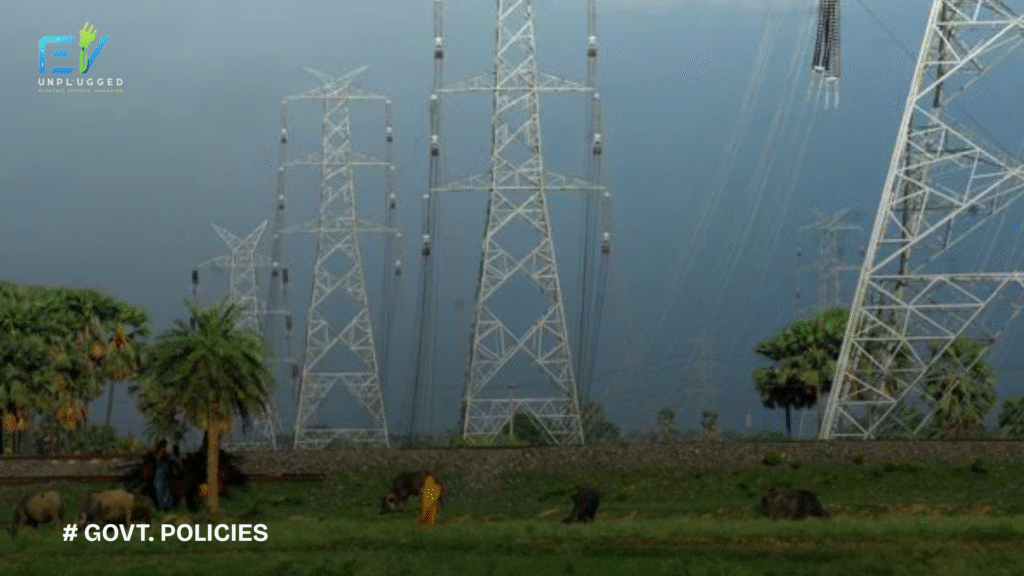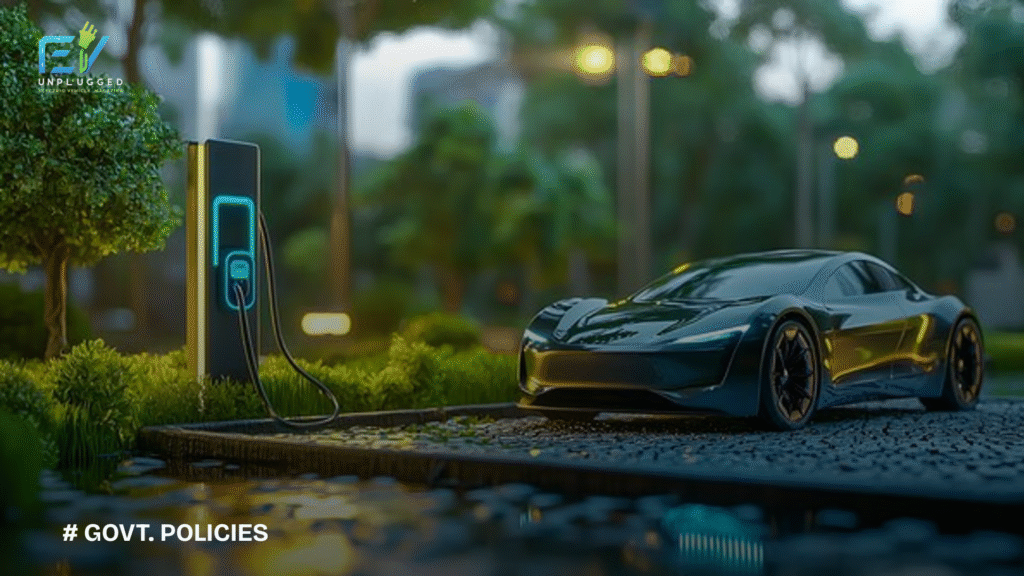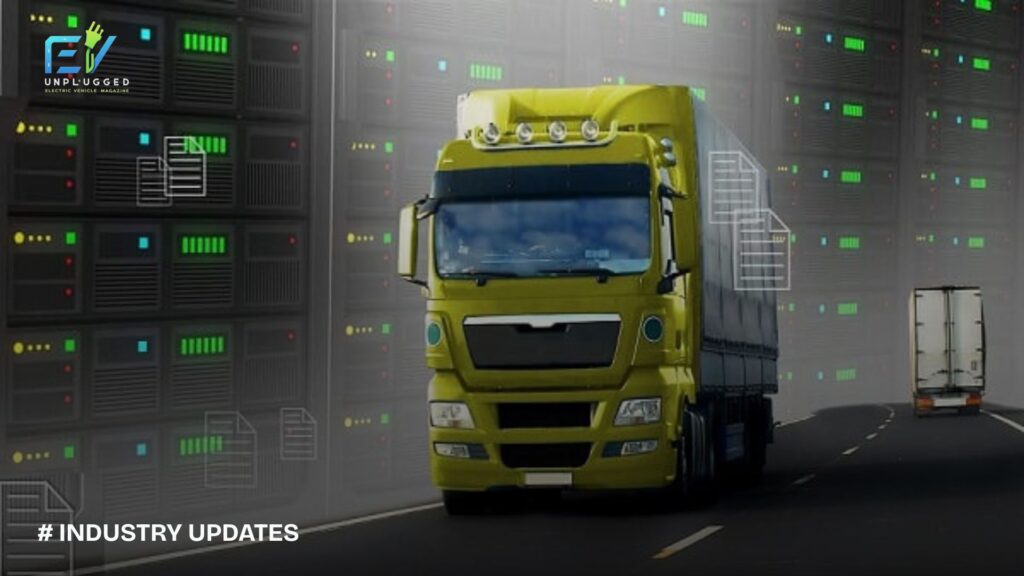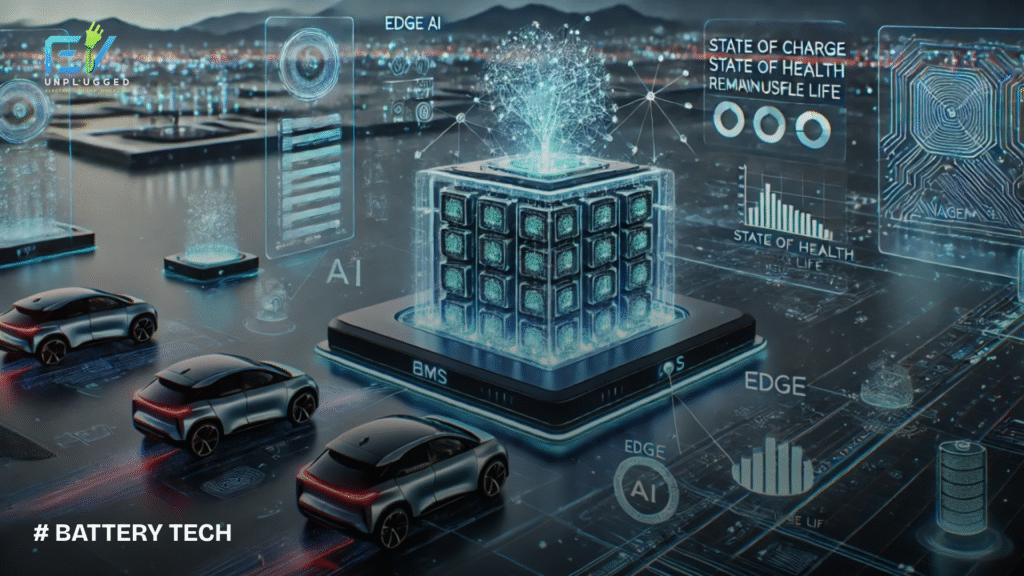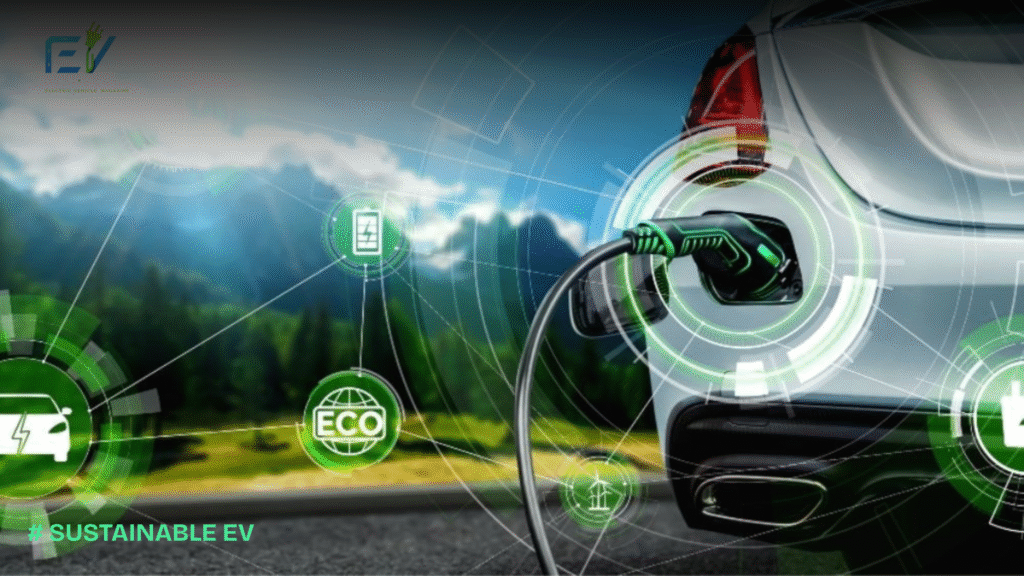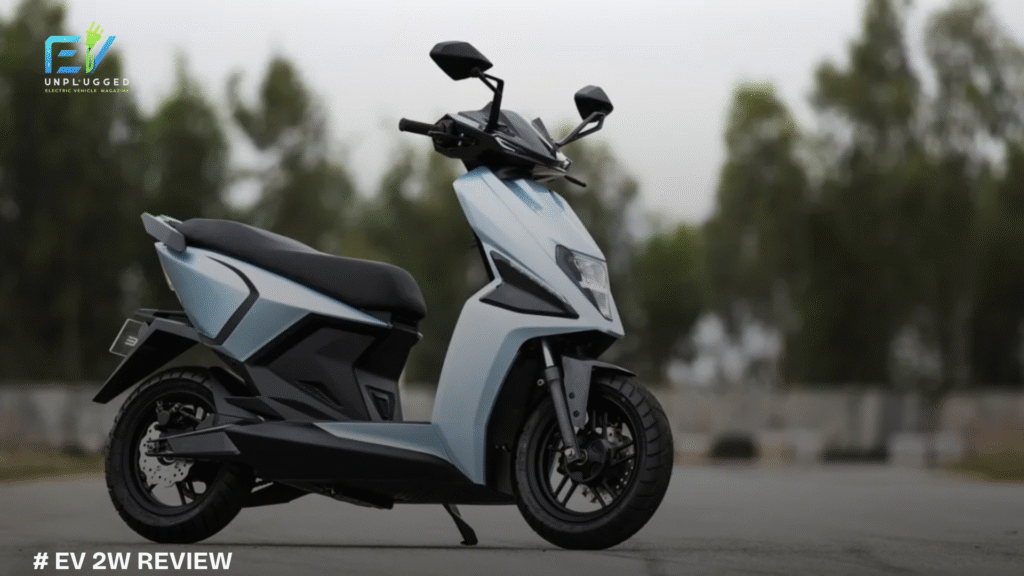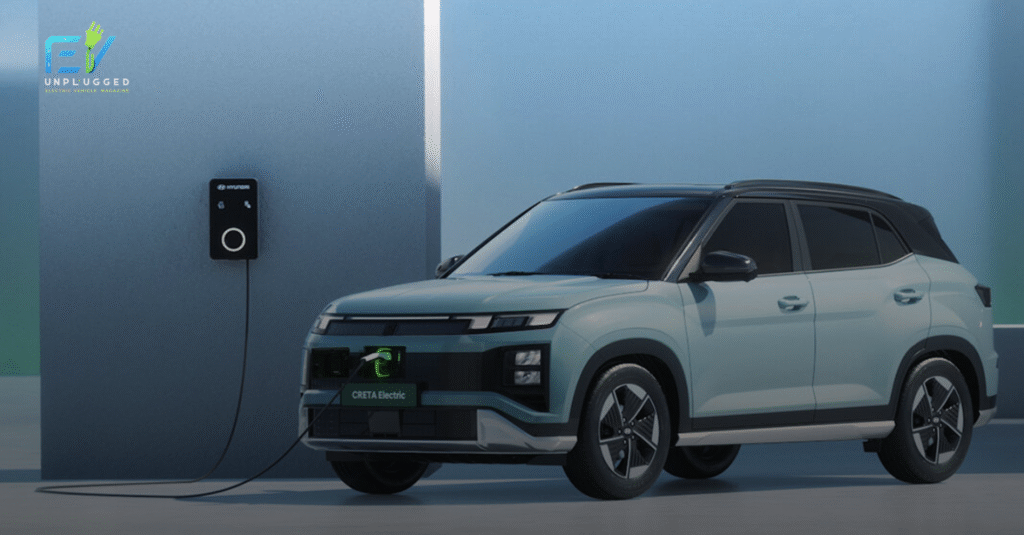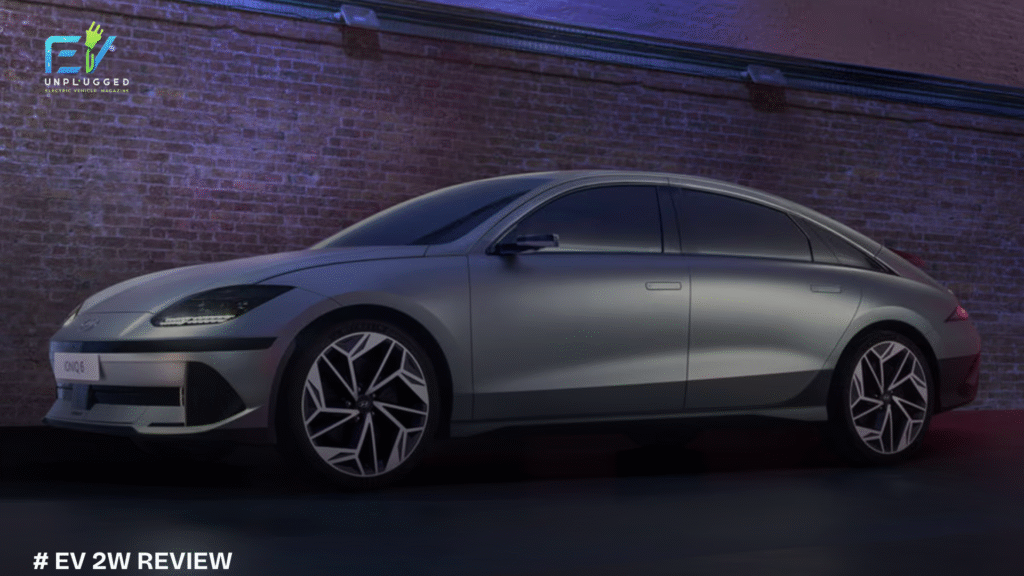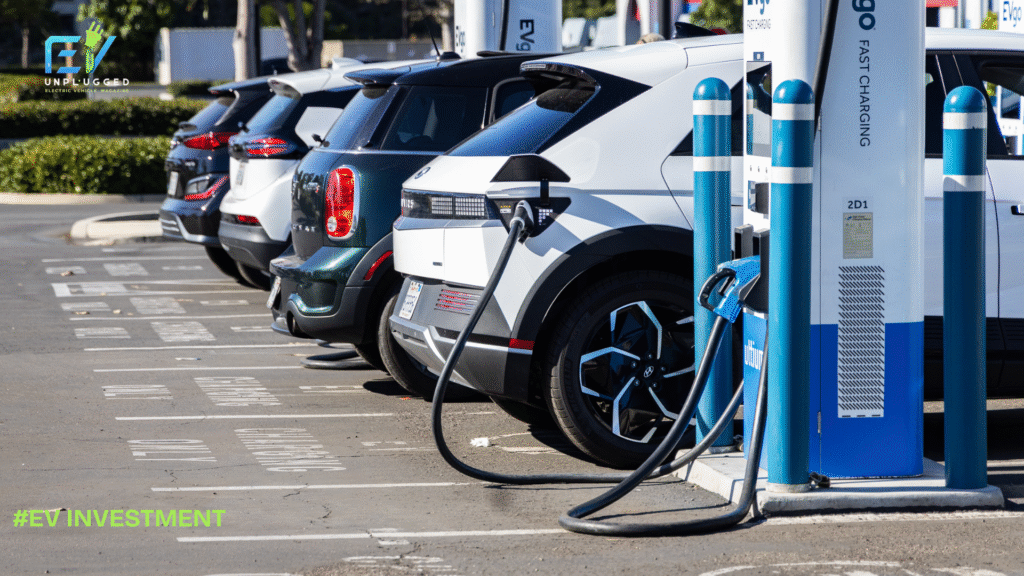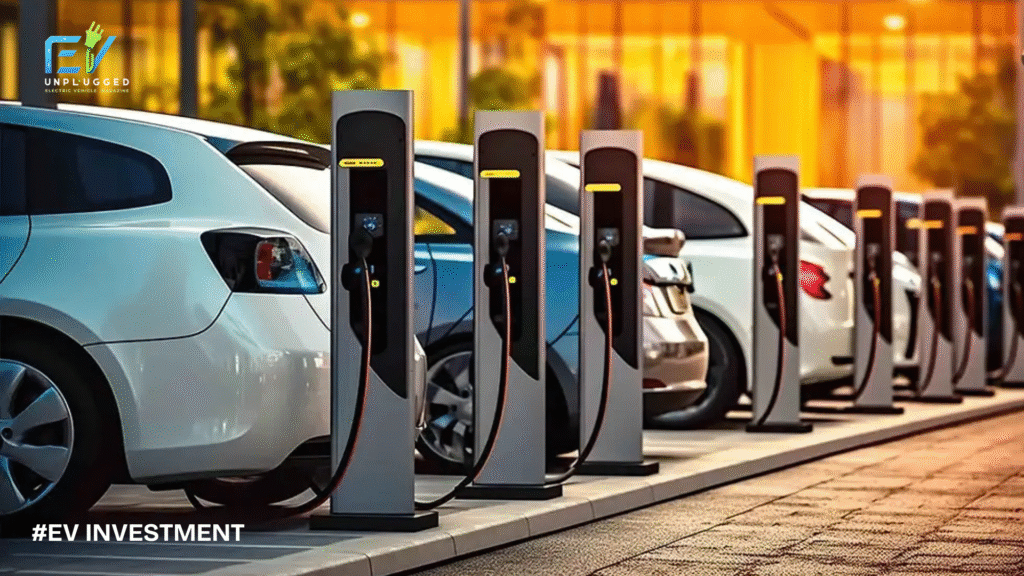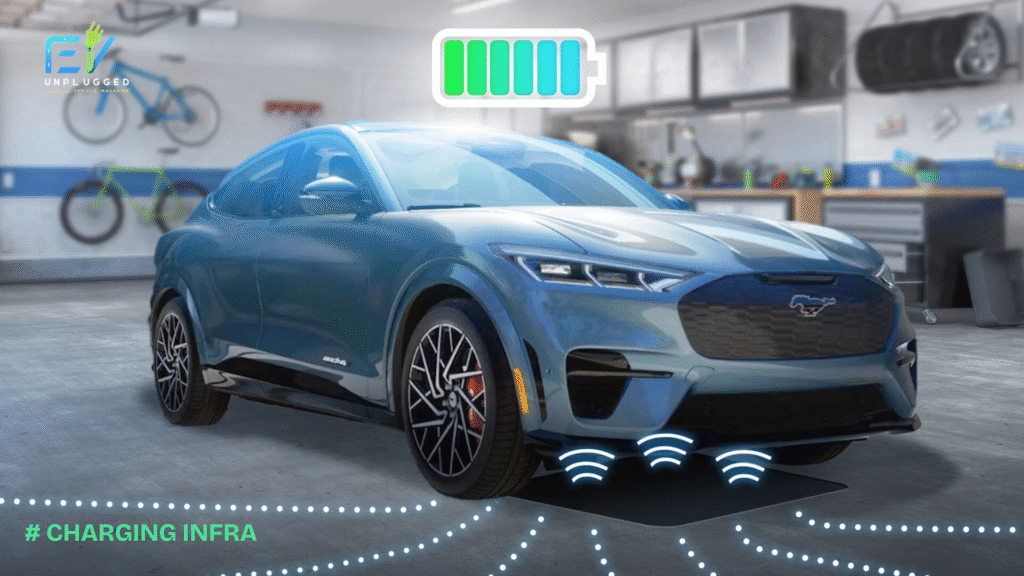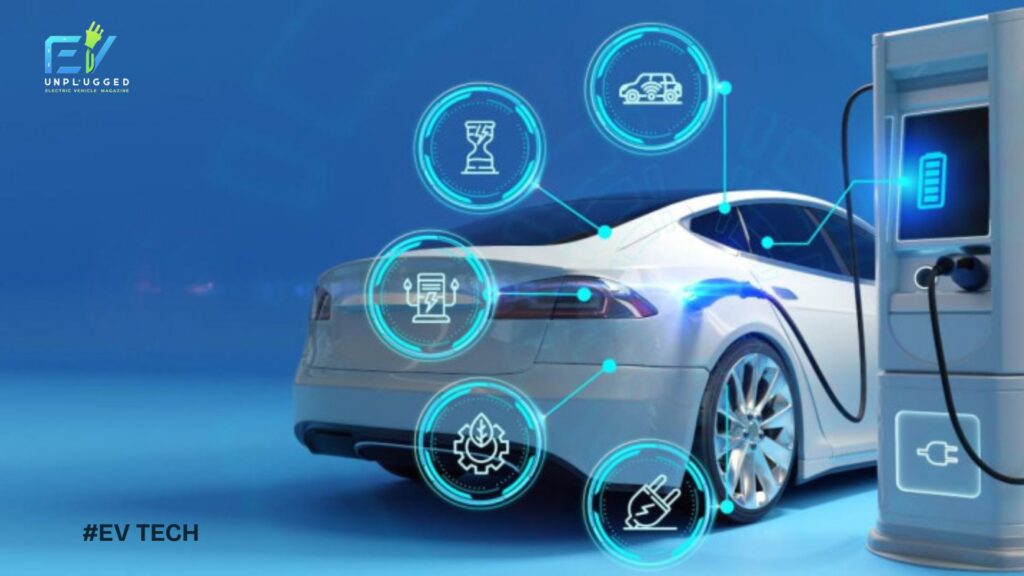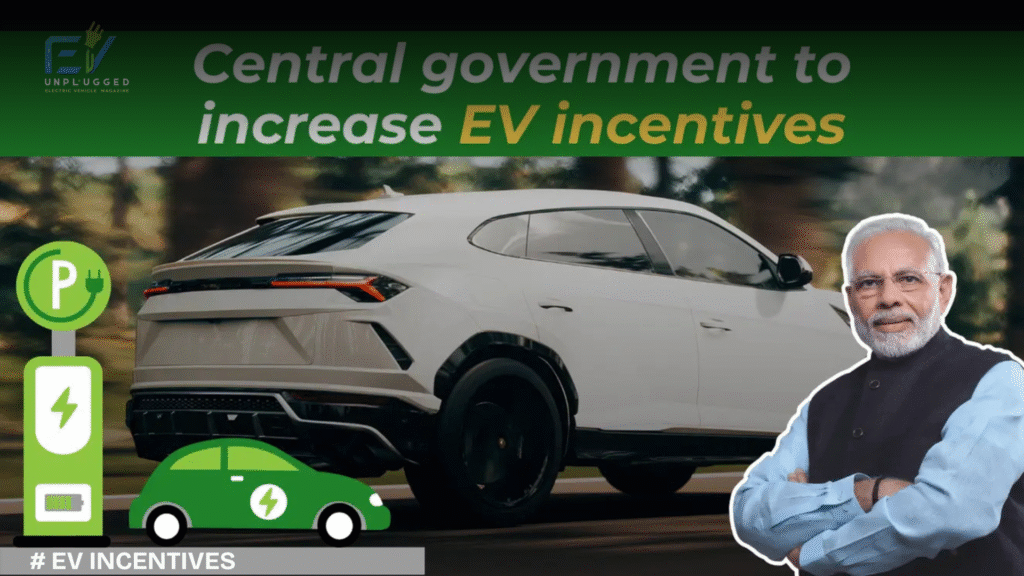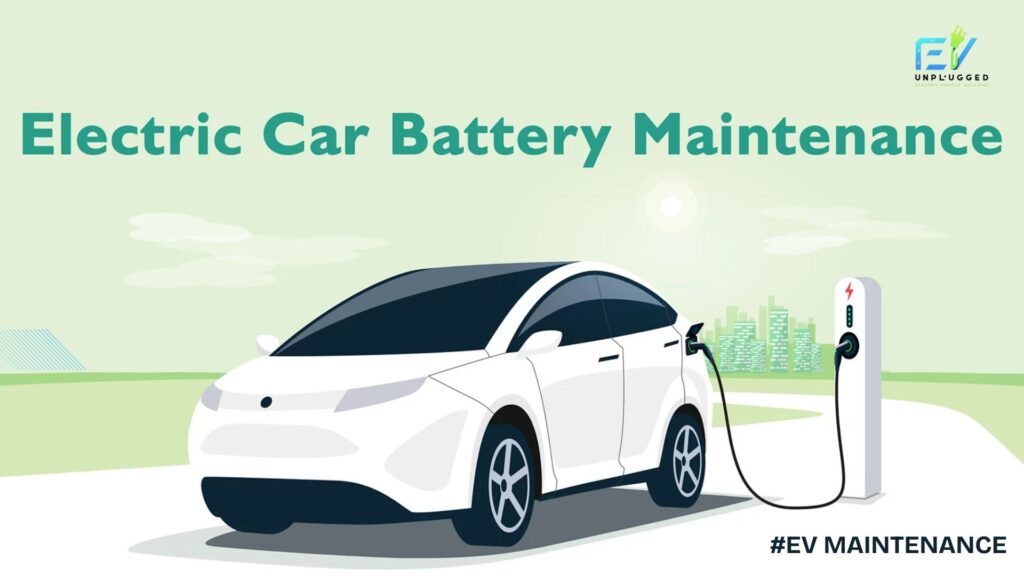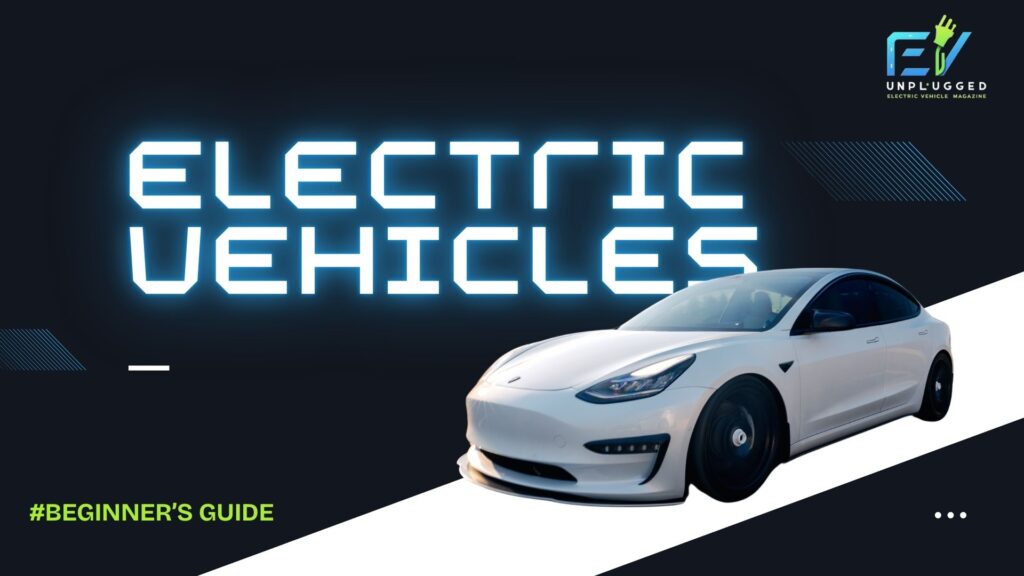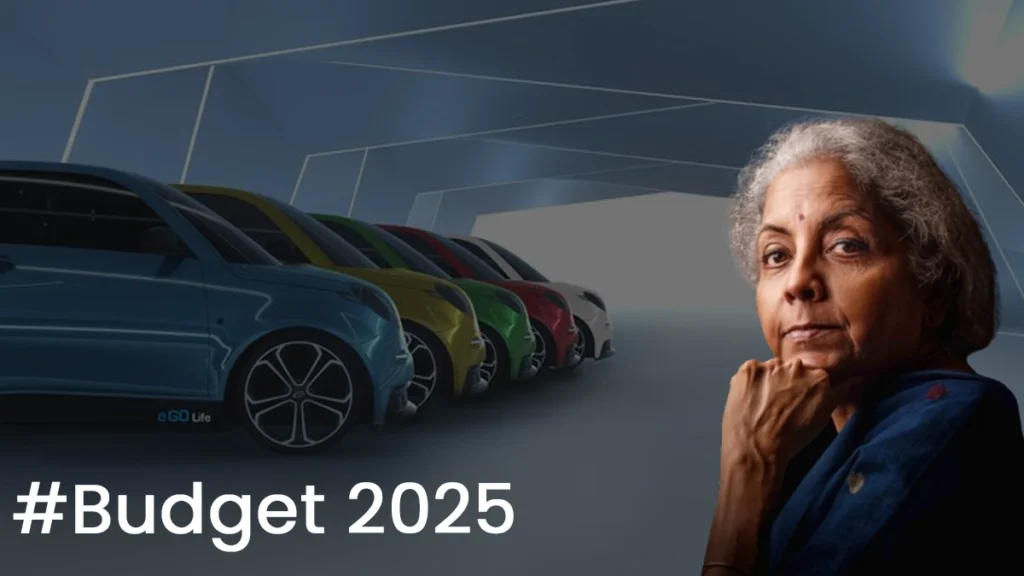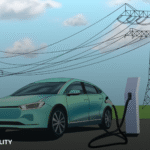India’s 2070 Net Zero Goal: What’s Needed from the Energy Sector?
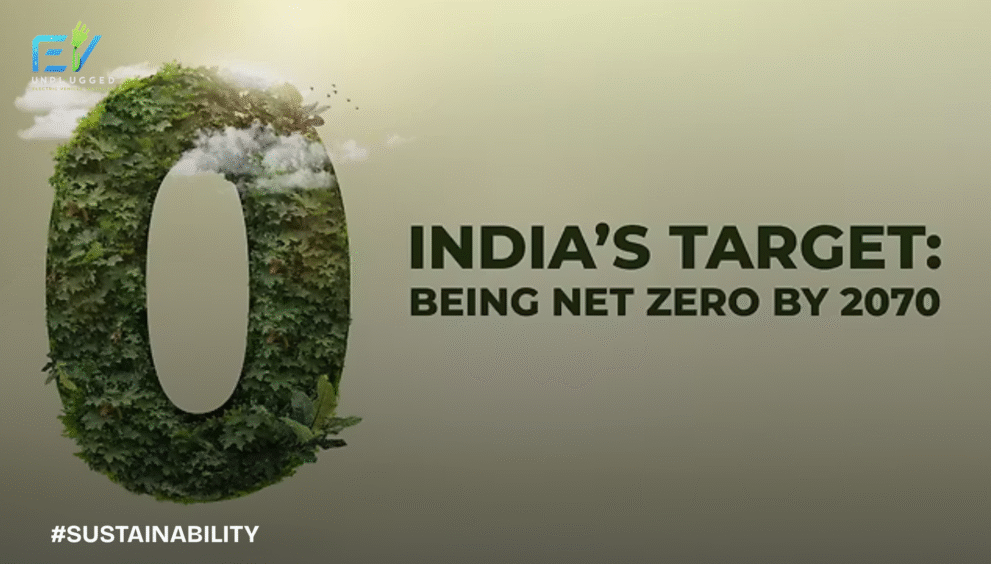
India’s bold commitment to achieve net-zero carbon emissions by 2070 marks a pivotal moment in its climate strategy. As one of the world’s largest energy consumers and carbon emitters, India’s path to net zero holds global significance. But reaching this milestone will require transformational change—especially from the energy sector, which is at the heart of India’s development and emissions story.
This blog explores the critical role of policy, public-private partnerships, and clean mobility in reshaping India’s energy landscape for a sustainable future.
1. Policy Push: Setting the Foundation for Net Zero
Strong policies are the bedrock of any ambitious climate goal. India has introduced several key frameworks—like the National Hydrogen Mission, the Perform Achieve Trade (PAT) scheme, and revised Renewable Energy Purchase Obligations (RPOs)—to steer the energy transition. However, much more needs to be done to create a coherent, long-term policy roadmap toward net zero.
Existing subsidies for fossil fuels must be restructured, and cleaner alternatives incentivized. Policies that enforce stricter emission norms for industries and power plants will be vital, along with carbon pricing or trading mechanisms to promote accountability.
Conclusion: Without clear, enforceable, and forward-looking energy policies, India’s net-zero ambitions will remain aspirational. Strong governance must pave the way for scalable implementation.
Related Read : India’s Net Zero Policy Roadmap – IEA
Public-Private Collaboration: A New Age Energy Coalition
Transitioning to clean energy at the scale required is not a solo effort—it demands a synergistic partnership between government, private investors, and innovators. India’s solar success story owes much to such collaboration, with public financing and private execution leading to record-low tariffs.
Initiatives like Green Hydrogen Corridors, Battery Storage Missions, and EV manufacturing clusters are key areas where this collaboration must expand. International financing and technology transfers will also play a huge role, especially under climate finance commitments like the GCF and COP agreements.
Conclusion: A united front between policymakers and industry leaders is essential to finance, deploy, and scale India’s green energy infrastructure.
Clean Mobility: Driving Emission Cuts Across Sectors
Transportation accounts for around 13% of India’s total CO₂ emissions—and this number is set to grow without major intervention. Electric vehicles (EVs), cleaner public transport, and alternate fuels like bio-CNG and hydrogen can significantly reduce this footprint. However, scaling clean mobility will depend on a supportive charging infrastructure, grid readiness, and localized manufacturing.
India’s FAME-II scheme, Battery Swapping Policy, and rising investments in EV startups are laying the groundwork, but a stronger national mandate for clean fleets—especially for logistics and buses—is urgently needed.
Conclusion: Clean mobility isn’t just about shifting vehicles—it’s about transforming fuel sources, supply chains, and consumer behavior at scale.
Related Read: EVs and the Power Grid: Burden or Boon? – EVUnplugged
4. Renewable Energy + Storage: The Core Pillar
India aims to reach 500 GW of non-fossil fuel capacity by 2030, a step essential for the 2070 goal. Solar, wind, and hydro will dominate this transition, but their intermittency demands robust Battery Energy Storage Systems (BESS). Also, integrating distributed generation—like rooftop solar and microgrids—will ensure energy security in remote areas.
Major players like NTPC, Adani Green, and ReNew Power are already investing in hybrid parks and pumped hydro storage. But to make a real dent, states must align and deploy local renewable projects with aggressive targets.
Conclusion: Without energy storage, renewables cannot replace baseload coal. A storage-backed renewable strategy is non-negotiable.
Decentralized & Equitable Transition
India’s energy transition must be just, inclusive, and locally empowered. Rural electrification, job creation in green sectors, and retraining of fossil fuel workers are vital. Moreover, localized energy solutions like community solar, biomass plants, and clean cookstoves can reduce rural emissions without burdening the grid.
Programs like UJALA (LED distribution) and Saubhagya (last-mile electrification) have proven that rural energy transformation is achievable when supported with intent and innovation.
Conclusion: The net-zero journey must uplift all communities, ensuring that no region or population is left behind in the green transition.
Final Thoughts: A Nation Powered by Purpose
India’s 2070 Net Zero target is not just a climate ambition—it’s a development opportunity. By prioritizing clean energy, encouraging innovation, and building sustainable public-private models, the country can lead the global south in climate action. The energy sector must not only reduce emissions but also become the backbone of green mobility, industry, and rural transformation.
With every solar panel installed, every EV deployed, and every partnership forged, India moves a step closer to a cleaner, equitable, and energy-secure future.

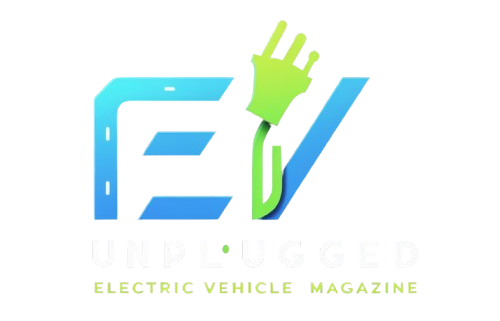
 English
English 

